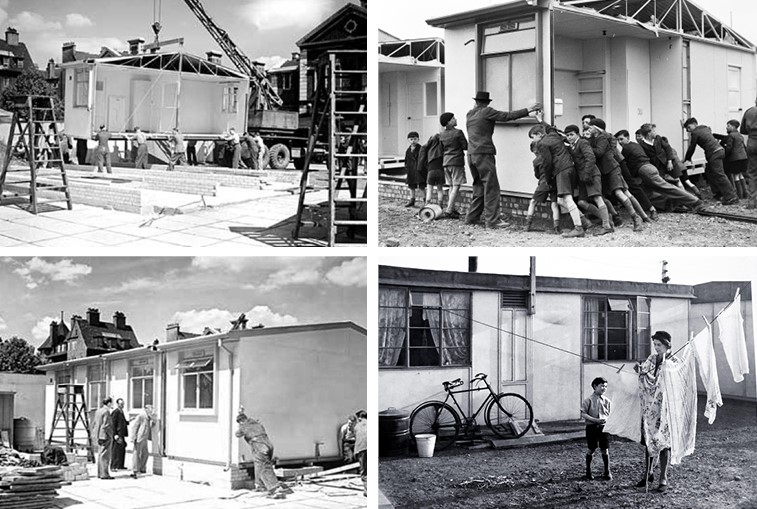The Revival of Modular Prefabricated Housing

Prefabricated and modular architecture in the UK is undergoing a revival, due in part to the current housing crisis. Many developers and architects are looking at ways to produce high quality and cost-effective solutions that can be built quickly.
In 2017, Dunn Architects was commissioned to conduct extensive research on the revival of modular construction. The purpose of our research was to achieve cost efficient, high quality solutions, in addition to speed and efficiency in how each unit can be built and delivered in the context of the current housing crisis. The final report was the beginning of a series of projects assigned to our practice.
Prefab isn’t new!
Prefabricated systems (prefab), use pre-planned components or modules to build efficient, high quality and economic units. Dimensional grids, high technical standards, lower costs and the repetition of components are essential to the viability of modular construction techniques.
Whilst there are historic examples of prefab buildings such as 17th century oak frame barns in England and 18th century Tatami houses in Japan, the 19th century industrial revolution marked the beginning of prefab structures as we perceive them today.


